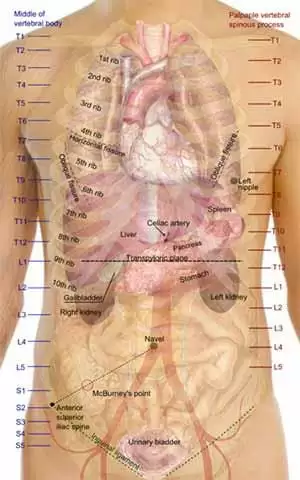Author: Hagander B; Berg NO; Brandt L; Nord en A; Sj olund K; Stenstam M.
Source: Lancet, 1977 Aug 6, 2:8032, 270-2.
Celiac.com Sponsor (A12):
In an attempt to determine the frequency of liver injury in adult coeliac disease (A.C.D.) the case records of 74 consecutive patients were examined. In 13 cases histological sections of the liver were available and in 5 of these there were signs of reactive hepatitis. Histological signs of distinct hepatic injury with cirrhosis and/or chronic active hepatitis were found in 7 other patients. In 5 of these serum-IgA was normal, whereas 16 out of 20 control patients with liver cirrhosis not associated with A.C.D. had raised serum-IgA. Serum-aspartate-aminotransferase and serum-alanine-aminotransferase were determined in 53 patients; 29 had raised concentrations. In 19 patients serum-aminotransferases were repeatedly determined before and during the dietary regimen and there was a significant reduction in enzyme concentrations during treatment. The median concentration of serum-alkaline-phosphatase was also reduced during treatment but not significantly. The histological evidence of liver injury in 16% and the abnormal liver-function tests in 39% of the patients indicate that hepatic injury is common in A.C.D. Since liver-function tests or liver biopsy specimens were available for only about two-thirds of the patients, liver damage in A.C.D. may be more common than indicated by these results. The effect of a gluten-free diet on aminotransferase concentrations indicates that the liver injury may be reversible and suggests that in some A.C.D. patients, progressive liver damage may be prevented by suitable treatment. Since A.C.D. is not always recognized, the diagnosis should be considered in patients with liver disease of unknown aetiology.








Recommended Comments
There are no comments to display.